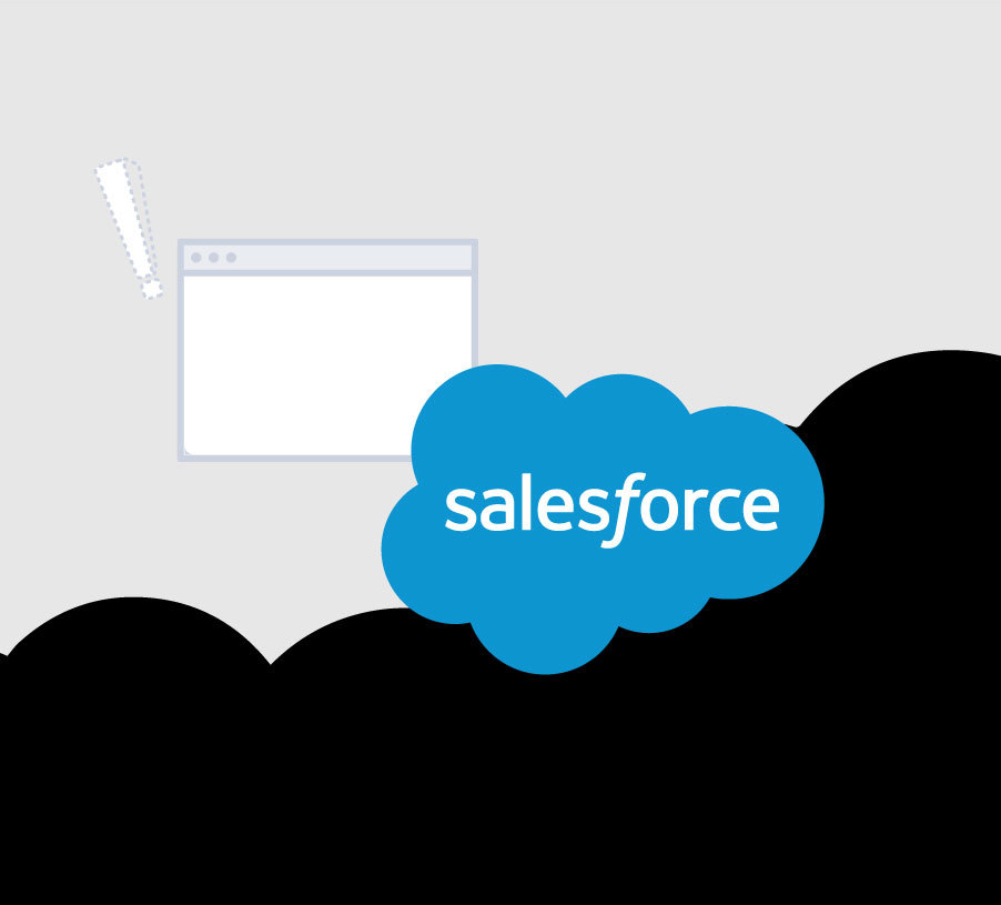Be Netflix, not Blockbuster | How to evolve in a volatile property market
The times, they are a’changing. And the property industry needs to change too. If you’re not making digital adoption your number…
Read On
02 Jan 2019 | 5 min read
Cloud-based CRM software solutions have improved dramatically over recent years, and it’s a rapidly growing industry. IBM reports it generates powerful returns, as much as 50% improvement in productivity and 65% improvement in sales quotas. Plus, it reduces labour costs by an average of 40%.
Pretty good, right?
The Merkle Group states that 63% of CRM initiatives fail, while the Gartner Group found a failure rate of 50%. Furthermore, less than one-fifth of CRM managers believe they’re getting value from their investment according to ITProPortal.
That’s because many businesses make the leap without adequate preparation, and then struggle to get the value from their investment. Perhaps you’re thinking of introducing Salesforce into your CRM program. Or maybe you have already made the investment, but you’ve been less than satisfied with the results.
With a healthy 21% share of the global market, Salesforce is one of the leading CRM cloud software solutions on the market. Investing in this sort of technology is essential if you want to stay competitive. We’ve helped many clients harness the true capability of Salesforce, and we’ve seen first-hand the mistakes that are often made.
Salesforce is only as good as the data you import. When the data is substandard, users tend to supplement the CRM program with manual systems, and that leads to inconsistency and mistakes.
Imagine visiting your local bakery where the owner cheerfully greets you by name and asks if you’ll have the usual order today. You’ll feel welcomed and valued as a customer. Your data should have the same objective. When data has missing fields, or inconsistent ways of tracking information, it can be difficult to access that knowledge on a broad scale.
What to do about poor data:
Migrating from legacy vendors can be fraught with danger. If you’re using two or three systems and backing it up with manual programs, your transition to Salesforce will reflect that inconsistency.
One organisation we worked with had more than seven different systems for capturing customer data, all formatted in different ways. Customer records were taken across different organisational departments, making it difficult to merge into one centralised database. By taking the time to create systems to ensure the data is consistent, the quality of the migration (and consequently, the sales outcomes) was considerably improved.
What to do about poor migration:
Businesses that get the best from Salesforce align it with their cold-hard business objectives. If your overall sales and customer relationship goals are not clear, then there’s no point making the investment.
Start by considering what you’re trying to achieve with your investment in Salesforce. How do you know you’ll be successful with Salesforce? If you’re not satisfied with Salesforce at the moment, what would it take to achieve a better outcome?
What to do about unclear objectives:
Have you mapped out each step of your sales process in each detail? Do your processes allocate for changes or variations in customer journeys? When Salesforce has been properly configured to your exact process, the results can be spectacular. It empowers sales staff to convert leads, because the system is set up for their success. It has taken into consideration the potential deviations the customer can make in the journey and armed the sales team in responding appropriately.
The Salesforce platform can send documents, prompt staff to follow up, engage on social media and undertake thousands of other actions that convert leads into customers, and then into fans and brand advocates. But, If your Salesforce setup doesn’t accurately reflect your true processes, it can let your team down.
What to do with lack of processes:
Salesforce is only as good as the people using it. You need to have your staff enthusiastic and engaged with the system. By demonstrating the many benefits of Salesforce, you’ll transform your staff from skeptics to fans. But if they’ve found it difficult or disappointing, it can be difficult to change opinions. One negative user can influence an entire organisation with a bit of watercooler chat. Or perhaps some teams are engaged and using it while others are not, leading to a lack of consistency across the business.
What to do about lack of staff engagement:
Liquid Agency is a Certified Salesforce Consulting Partner. We identify and fix the Salesforce problems to ensure you’re getting the most from your investment.
If you want more customers, more leads and more business growth, Salesforce can deliver. We make sure you do it right. Contact us for a chat about how we can help you harness the power of Salesforce.